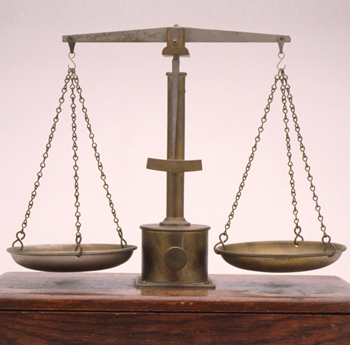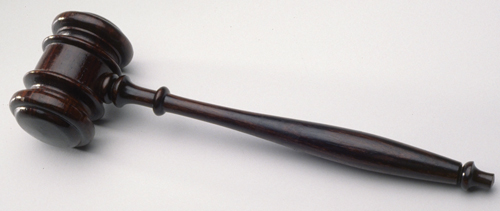
LITIGATION AND ITS ALTERNATIVES:
HOW TO MANEUVER THROUGH THE COMPLEX LITIGATION PROCESS
By Alice Kupferberg, Esq.
Budin, Reisman, Kupferberg & Bernstein, LLP

We are finally at the litigation stage of the accident proceedings and as such we now know your “serious” injury is sufficiently established and that there is no risk of an immediate dismissal of your case. What needs to be determined now is what course your case will take.
Whether a settlement can be procured, full blown litigation undertaken, alternative dispute resolution sought or whether a hybridization of these methods is utilized is a function of many factors including insurance coverage, your injury, the venue (county) of the case, the case facts and, not insignificantly, the experience of your lawyers.
As a general rule, the time frame for personal injury litigation can run from two and a half years to five years from the date of the commencement of your lawsuit to a jury trial. Generally speaking, the span reflects a broad list of variables that will be discussed herein. Some factors include counsel’s ability to serve the defendants and whether the defendant is a municipality and/or authority whose trial parts in the courthouse tend to run at a snail’s pace.
In addition to the delays occasioned by the Court, made more extreme by the state funding reduction prevalent in this post financial meltdown world, delay may also be occasioned by a degenerating or developing medical condition that requires lengthier discovery proceedings. Availability of witnesses (particularly the defendants) may be responsible for a great deal of wasted time. Obstinate defense attorneys can drag their feet and significantly and negatively impact the prompt resolution of your claim. A plaintiff’s attorney, with a well oiled personal injury practice, may save a litigant years in unwarranted and unhelpful delay by strict timing of discovery proceedings and good calendar management.
There are even ways to eliminate time consuming trial maneuvers by making motions to eliminate issues of liability and damages prior to selecting a jury. These motions serve many purposes other than to issue resolution. The motions may save trial costs of producing an expert witness. They also force the defense to tip their hand as to the position they may take at trial. Finally, in making dispositive motions it shows the Court and the defense that your case is organized and significant and by making that clear may foster a resolution without the need for trial.
Further, there are many choices available for the actual adjudication of your lawsuit. Recently, with the unbearable delay of trial ready cases there are programs in our Supreme Court that allow for:
Finally, there has been enormous interest in alternative dispute resolution forums that allow for knowledgeable arbiters/mediators from the field of personal injury or former judges to work out resolutions outside of Court.
Familiarity with these methods of case advancement and resolution is part of an experienced attorney’s repertoire. When retaining a lawyer for your lawsuit probe their knowledge of this aspect of litigation and, if the firm is knowledgeable, feel confident in your selection.
Plaintiff’s personal injury litigation is frequently derided in the media as a practice consisting of fake claims and lottery winners. This false perception only aids the insurance industry in rolling back case values and frequently results in jury backlash causing genuinely aggrieved litigants to lose despite their substantial claims.
Oftentimes, attorneys make educated evaluations of a plaintiff’s case and determine that the matter should not be decided by a potentially hostile pool of jurors. While every personal injury litigant theoretically should have access to a jury if their injury is “serious”, there are ample choices to be made as to where and how your case gets resolved. Before you sign your contingency fee arrangement be sure to speak with your lawyer about your options for case resolution. A knowledgeable plaintiff’s personal injury lawyer should be able to explain to you how your case will be pursued during its pendency.
Next month, in a final installment, we’ll discuss the resolution of your case and the loose ends that need clarification to prevent unpleasant future ramifications down the line.
